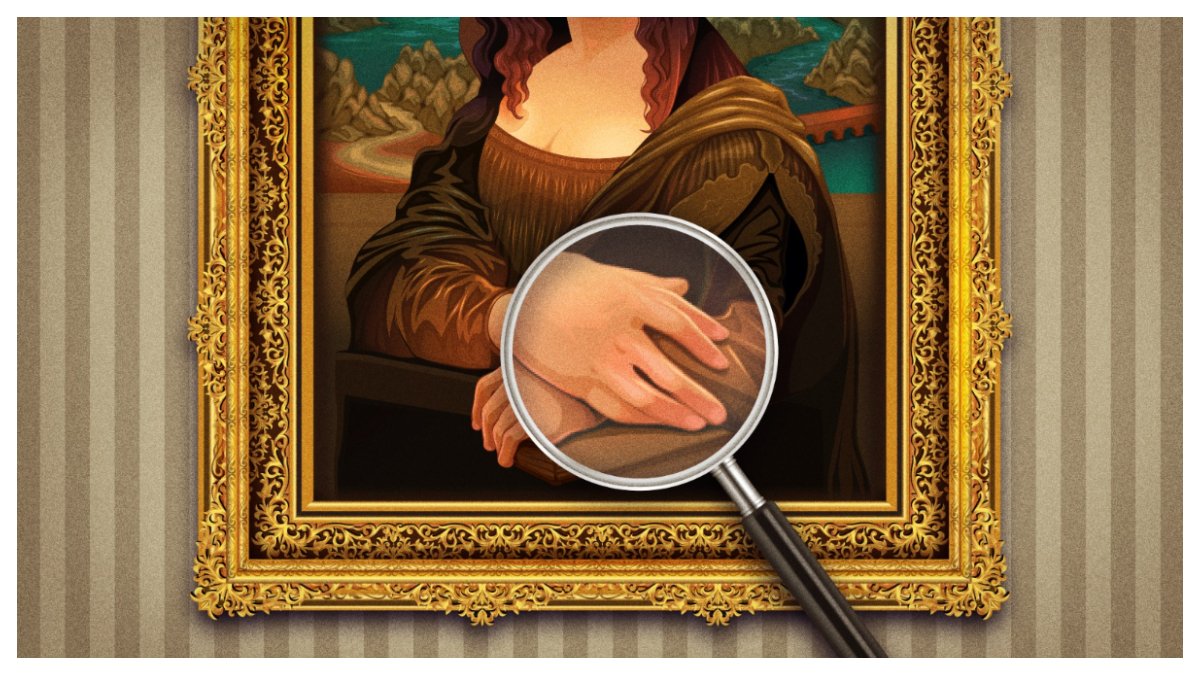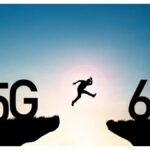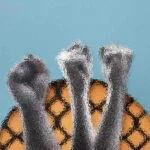With these AI Tool, identify AI generated images in one go and protect yourself from fraud. The burgeoning enthusiasm for Artificial Intelligence (AI) is a notable trend, with a plethora of AI tools now accessible in the market, each serving distinct purposes. Particularly prominent in recent months has been the emergence of AI-generated images, wherein artificial intelligence algorithms fabricate lifelike pictures. These images possess such verisimilitude that distinguishing between human-created and AI-generated images becomes a formidable task.
AI-generated images have gained significant traction across the internet, often becoming viral. However, their potential to disseminate misinformation is concerning due to the challenge of discerning their authenticity. Fortunately, efforts are underway to mitigate this issue.
Leading tech companies and startups worldwide are collaborating to develop solutions for accurately identifying AI-generated content. This collective endeavor aims to equip individuals with the tools necessary to distinguish between authentic and AI-generated images, thus safeguarding against the spread of misinformation in the future.
OpenAI has introduced a novel AI tool designed to discern whether an image originates from its DALL-E 3 AI image generator. In a recent blog post, the company outlined that the tool utilizes advanced AI algorithms to ascertain the probability of an image being AI-generated. Furthermore, it incorporates innovative watermarking techniques to distinctly mark OpenAI-generated content.
This strategic measure aims to address concerns regarding the misuse of AI for fabricating deceptive visual content. According to OpenAI, this identifier boasts an impressive accuracy rate of approximately 98 percent, even when images undergo alterations such as cropping, compression, or adjustments in saturation. However, the tool may encounter limitations when faced with more intricate forms of image manipulation.
Moreover, although the tool exhibits promise in recognizing images generated by OpenAI’s DALL-E 3, its efficacy diminishes when confronted with images produced by alternative AI models. Specifically, the classifier demonstrates the ability to identify only approximately 5 to 10 percent of images originating from other image generators such as Midjourney.
OpenAI has articulated its commitment to enhancing this aspect through ongoing testing and iterative refinements. The organization aims to bolster the classifier’s performance by soliciting feedback from external testers. To facilitate this, OpenAI offers access to the tool via its research access platform, enabling researchers and nonprofit journalism groups to evaluate its functionality in authentic, real-world scenarios.















